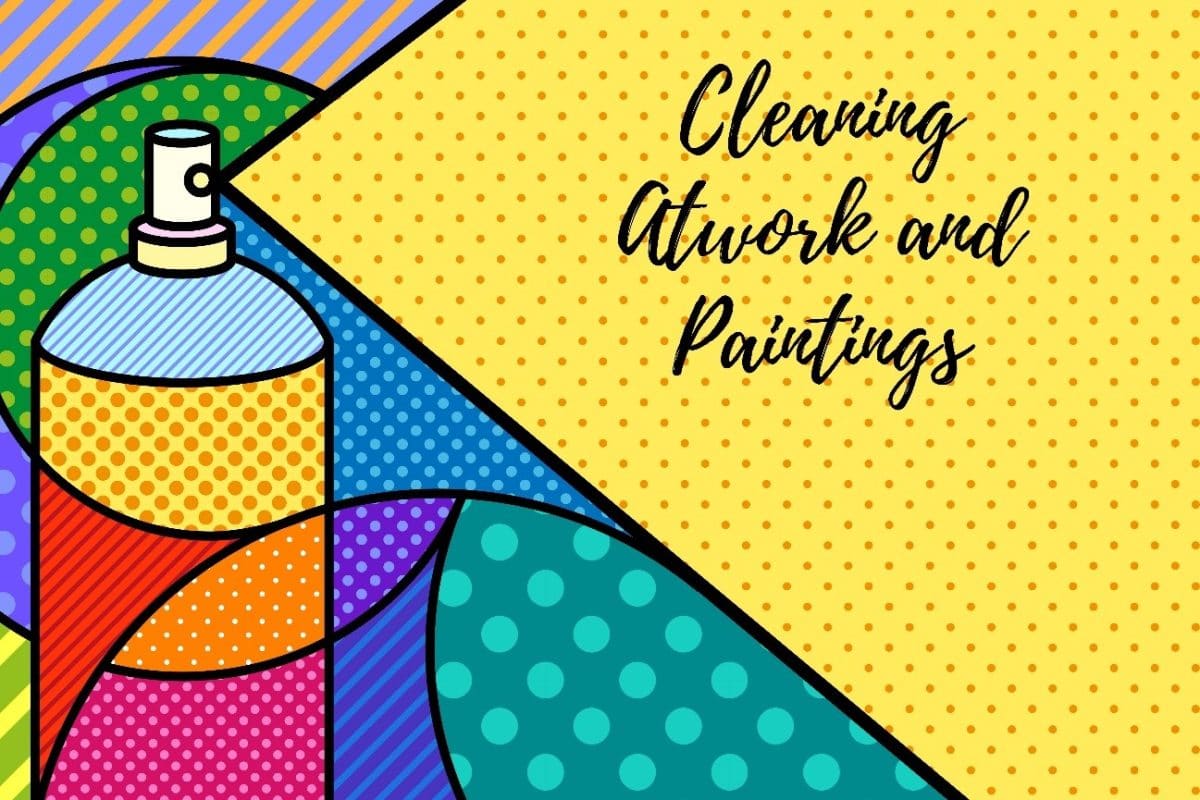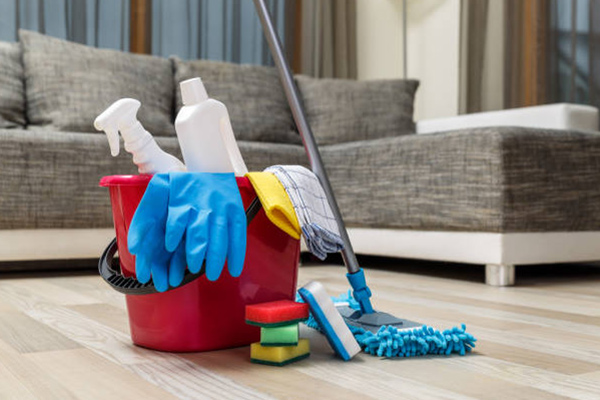How To Clean Artworks And Paintings
Spring is just around the corner, which means pollen and dander will infiltrate every corner of our environment, leaving a thick layer of dirt on every surface.
To some spring cleaning in itself can be a daunting task, but for the artist what is most challenging is to prep your faded, discoloured, and dusty paintings and artworks.

Tips to Preserve Artwork
If you’re looking for ways to restore your old paintings or take pre-emptive measures to preserve your work, we have a few tips. Most artists, art galleries, and art collectors use these methods to clean and conserve their majestic pieces.
Keeping them Safe
When collecting paintings and other art pieces, regular maintenance is of the utmost importance. However, you should also apply precautionary work to prevent your art piece from collecting dust. Typically, artists rub on a layer of varnish, and you can do the same. Before applying varnish, make sure you have cleaned off all the dust particles from the surface.
It also makes the facade smooth and increases colour pigmentation. However, varnish doesn’t work well for all paintings. Do your research on the painting and varnish type before application.

Protecting Artwork at Home
Improper storage makes the artwork prone to dust and damage. Typically, paints are light-sensitive, and you should not place the pieces where there is direct exposure to the sun. It would help if you are also wary of humidity levels, and shouldn’t hang them in enclosed spaces such as attics.
It is advisable to frame old and fragile paintings in glass protectors, especially when hanging them in difficult-to-reach areas. But you can’t use glass frames for all types of paintings so research before making the final decision.
Make sure to dust and clean artwork regularly, as a greater accumulation of dirt will incur more damage to the work.
DIY Cleaning Techniques
Natural aging is the most definitive factor of discoloration, dirt accumulation, and damage. For artists and collectors, it is a common enemy that is inevitable to combat. However, you can take steps to slow down the aging process and recurrently restore the pieces for lifetime appeal.
However, these preventive measures cannot stop the damage caused due to the passage of time. A few common symptoms of aging are:
Chipped paint
Discoloration
Cracks and wrinkles
Image distortion

You will likely require professional services to restore the artwork completely and get it back to its original form. But here we have a few tricks that you can use to preserve paintings at home.
How to Clean the Painting?
Like others, we would recommend hiring a professional restorer to reverse the aging effects. But our conventional tips will help you get rid of dust and dirt marks from the painting.

Say No to Chemicals
Never use a chemical-based cleaning agent to tidy up or conserve the painting. They are mostly abrasive and have colour-changing properties, thus leading to permanent alterations. Aside from these irreparable damages, these cleaning products can leave a stain or wear down the material.
No Water Either
Water can change the dimensions of the fabric and may wash out the additives in acrylic paints. You can use water to restore and shrink the canvas, which expands due to natural aging. So how can you clean the artwork?
Here are two different cleaning methods that have been tried and tested by professionals for years;
Method #1: Use a Soft Brush
Lightly dust off the surface using a soft-bristle brush. Make sure it is moisture-free so that you don’t end up damaging your painting. It will gently swipe off the accumulated dust for a bright and new look.

Method #2: Use Your Spit
Our saliva is moist, but its consistency is different from water and thus effective for cleaning art pieces. Historians and galleries have used it for years to preserve old paintings. Saliva doesn’t react with the components of the paint or wash it off. Moisten a Q-tip/cotton swab and test it in a small area. After seeing the results, use it on the entire surface. Please note that while effective, this process is quite time-consuming.







